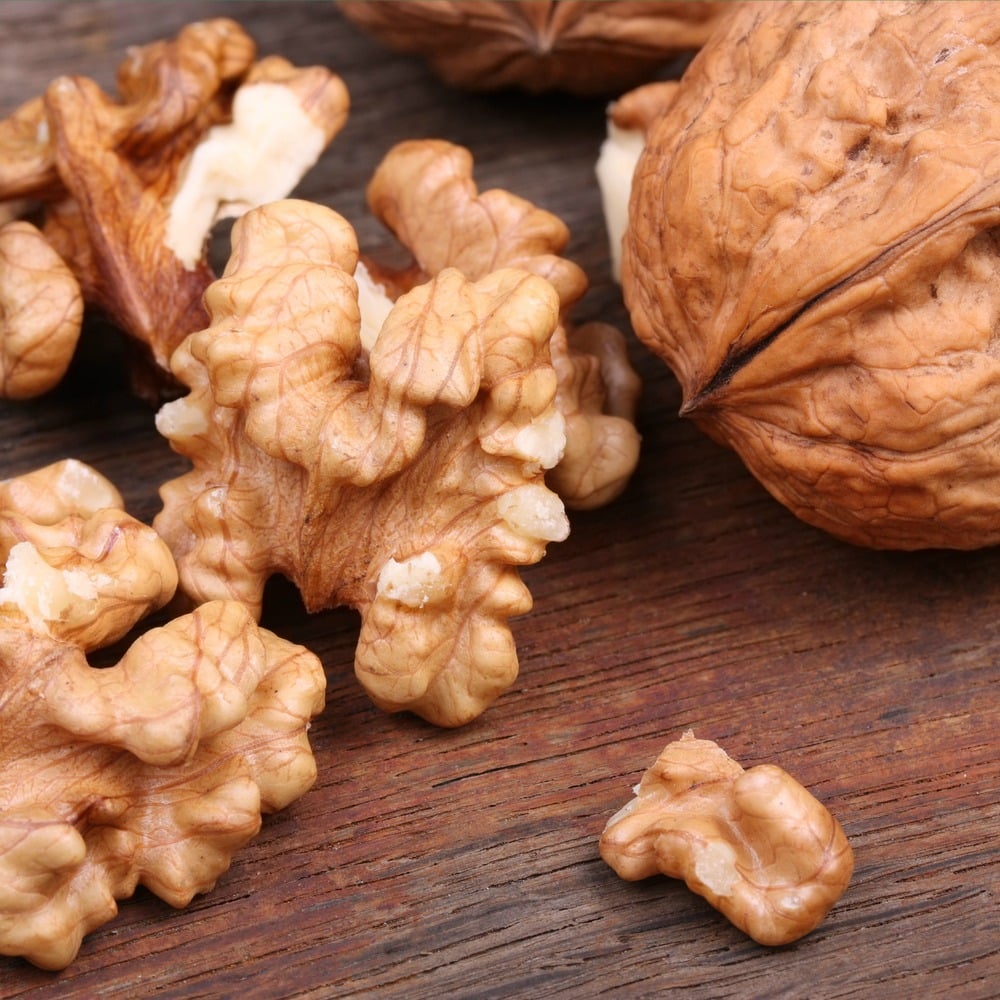These findings stem from the CARDIA study which is a long-term and ongoing study being supported by the National Heart, Luing, and Blood Institute of the National Institutes of Health that is aimed at examining the development of heart disease factors over time.
This is one of the longest studies to suggest that a handful of walnuts added to the diet may also act as a bridge to other healthful lifestyle habits to benefit from later in life. The findings also confirm that walnuts might be an easily accessible food choice to help improve heart disease risk factors if consumed in the young to middle adulthood years. The researchers noted that it is possible that the results could be due to the unique combination of nutrients found in walnuts and their effect on health outcomes.
“Walnut eaters seem to have a unique body phenotype that carries with it other positive impacts on health like better diet quality, especially when they start eating walnuts from young into middle adulthood – as the risk of chronic diseases like heart disease, obesity, and diabetes elevates,” said Professor of Epidemiology and Community Health at the University of Minnesota School of Public Health and Lead Researcher on CARDIA, Lyn M. Steffen, Ph.D., MPH, RD.
This longitudinal observational study analyzed diet and health information from 3,023 healthy people between the ages of 18-30 when the CARDIA study began. Throughout the study, self-reported diet history was taken at baseline, year7, and year 20. During the 30 years, multiple exams were conducted which included physical and clinical measurements.
3 diet categories were created for the participants: walnut consumers, other nut consumers, and no nut consumers. Participants were placed in the appropriate category based on their diet history which was then assessed for relationships among heart disease risk factors such as dietary intake, blood pressure, plasma lipids, smoking, body composition, insulin concentration, fasting blood glucose, and triglycerides, among other factors.
There were 352 walnut consumers, 2,494 other nut consumers, and 177 no nut consumers, with an average intake of walnuts being about ¾ ounce per day, and the intake of other nuts among other nut consumers being around 1.5 ounces a day.
“There was a good degree of diversity in terms of the research field locations geographically speaking and the population studied,” said Steffen. “Following these black and white women and men for 30 years provides an unparalleled window of study into how lifestyle decisions made in free-living environments in young adulthood can affect health in middle-age,” adds Steffen.
Compared to other nut consumers, consuming walnuts was linked to a better heart disease risk profile, lower BMI, lower waist circumference, lower blood pressure, and lower blood triglycerides levels. Eating walnuts was also associated with less weight gain, and fewer walnut eaters were classified with obesity. Compared to no nut eaters the walnut consumers had significantly lower fasting blood glucose concentrations while the other nut eaters had higher LDL cholesterol levels.
After 20 years eating walnuts during early adulthood was linked to having a higher total diet quality score compared to eating no nuts. Compared to the other two groups the walnut eaters had a significant relationship with a higher intake of several under-consumed nutrient food groups of importance outlined in the Dietary Guidelines for Americans.
“Nut consumers showed an advantage in relation to diet quality, but walnut consumers appear to have a better heart disease risk factor profile than the other groups, even after accounting for overall diet quality,” said Steffen. “The surprising, healthy shifts in overall dietary pattern of walnut consumers suggests walnuts may act as a bridge or ‘carrier food’ for helping people form healthy nutrition and lifestyle habits throughout life.”
Although these results are positive and support those from the CARDIA study regarding the health benefits of walnuts, some of the outcomes for heart disease risk factors relating to lipids and cholesterol are inconsistent with previous trials. Also due to the nature of observational studies, these results cannot support cause and effect conclusions, thus the researchers suggest that additional research should be conducted to evaluate the walnut associations.




